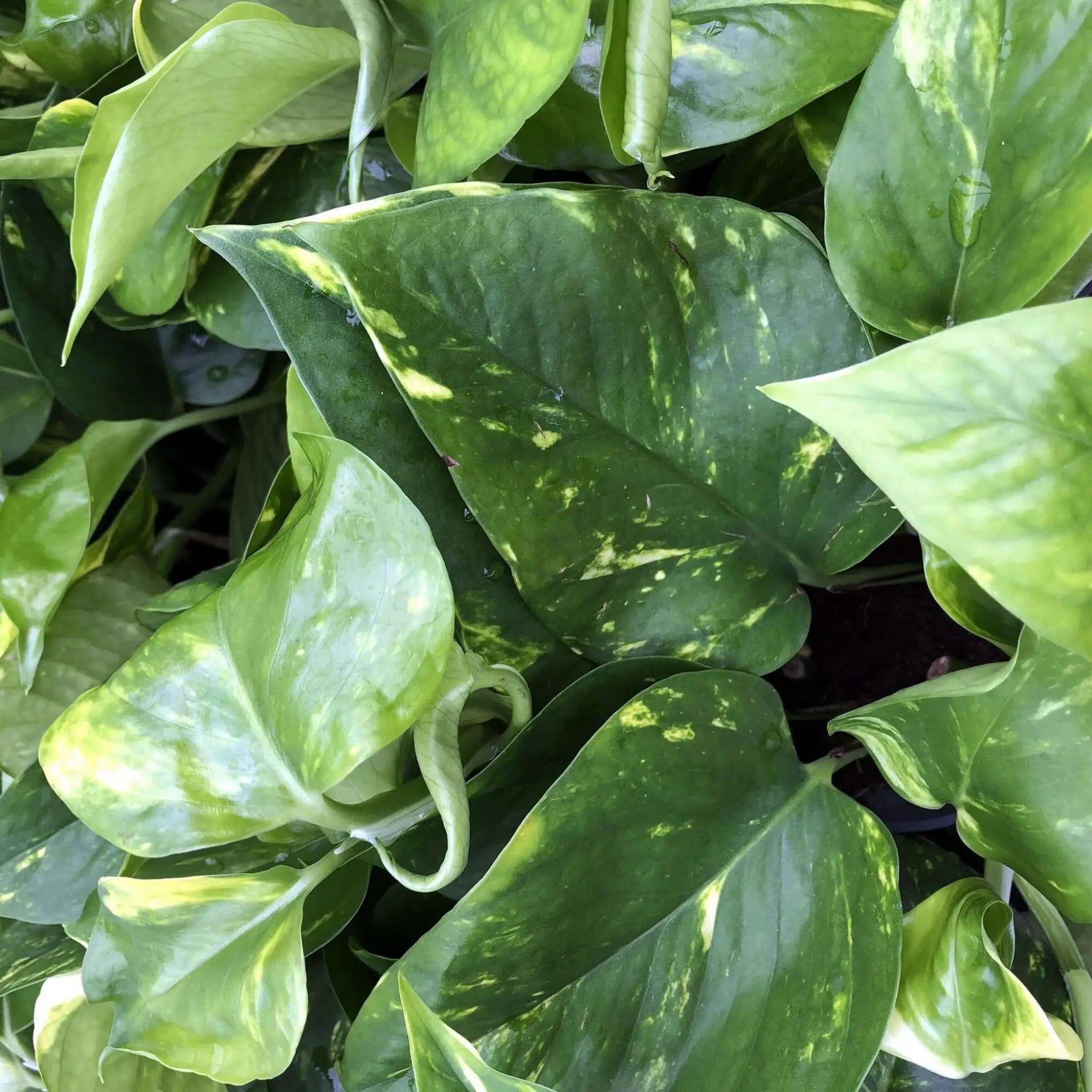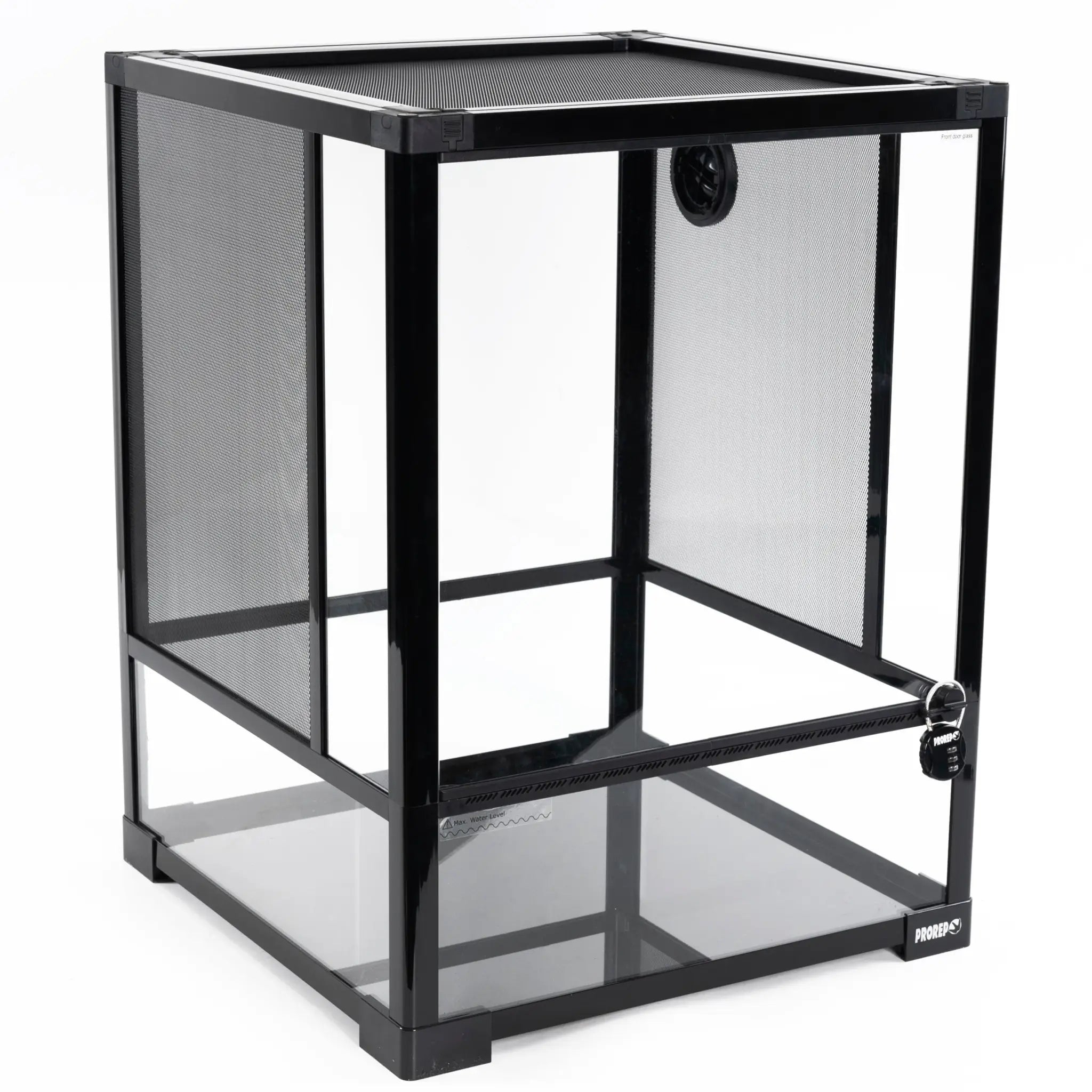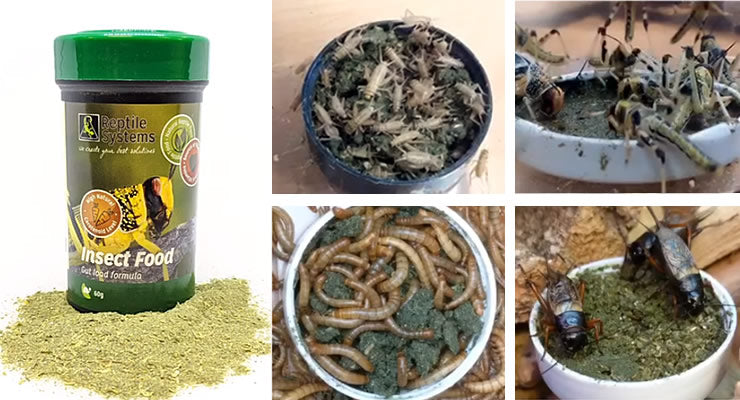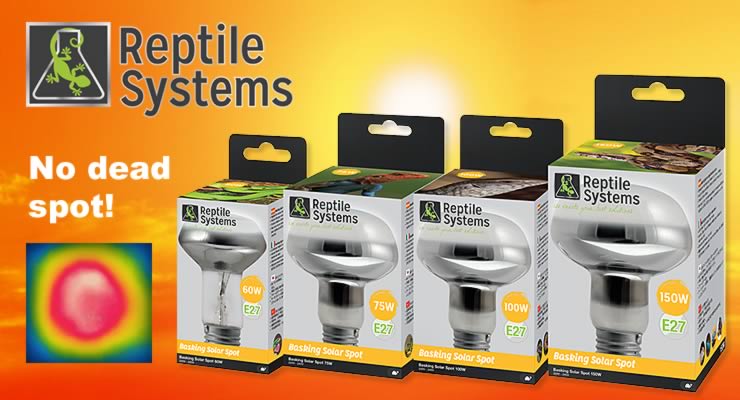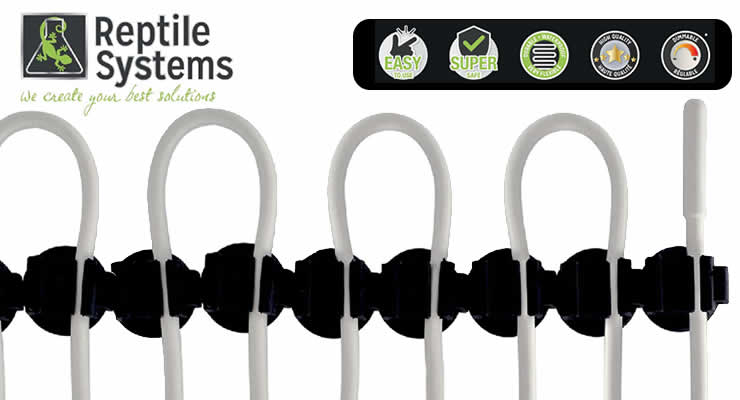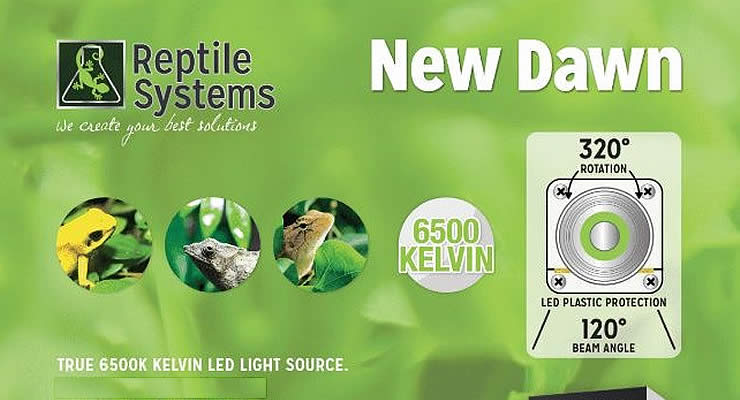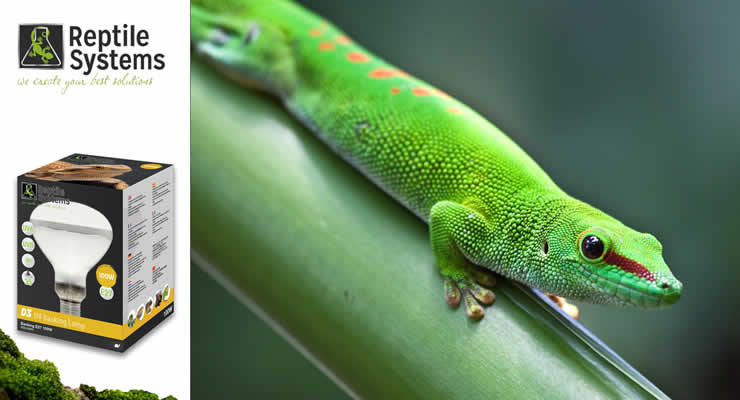
The BIG Cricket Debate… Again
by Luke Tansley on in Products
This blog has been republished from original content created at The Reptile Networks by Peter Hawkins.
I’m getting a little annoyed at the number of people trying to turn people off crickets as feeders in my Facebook groups.
It will kinda go like this….
Member: “how do you people keep your crickets?”
Other members: “switch to dubia. Much better”
Now, this is wrong on at least a couple of levels. Most will say something along the lines of, 1 dubia = 4 crickets, or some crap like that.
Depending on what nutritional sheet you look at, you’ll see that the dubia has around 7% or 8% more protein than a cricket. But also, about 5% more fat vs the standard brown/silent cricket. Hardly 4x better is it 😉?

Then the next common statement is,
“
“crickets are loaded with parasites”.
Again, not strictly true. I’ve said this before, so I’ll mention it again. The reason crickets get a bad rap at times is that they are the world’s most popular feeder for reptile and amphibian keepers. So when any parasite load is detected in someone’s Reptile collection, they instantly point at the crickets for the cause. They are actually no more a risk than any other feeder species.
And another fact. Most reptiles have a parasite load naturally, regardless. But a healthy Reptile will keep ALL in check, and at low count numbers without any problems. It’s moments of stress and illness that allow a parasite to gain the upper hand. So the below will help this from happening.
Most issues would occur during the ‘keeping’ of the feeders. I can’t vouch for ALL mass livefood breeders, but I can for one of the largest livefood breeding facilities here in the UK. These supply most major pet chain stores, and independent stores. Having worked for them, the breeding process is spot on. Clean, gut-loaded, with heat and space. And regular colony tests. All that is needed for healthy feeders.
Of course, it’s then down to the keeper to minimise any risk by keeping any livefood colony or feeder tub/box/keeper clean. This means, removal of the old food. Clearing of the dead. Clearing of faeces. And importantly, they all need plenty of space.
If you have crickets, locust, supers, or even dubia in a small tub with no room to move. They will fight to the death. And dead = increased risk of illness/parasite within that colony.
Next; gut-load gut-load gut-load!
A hungry feeder, regardless of the type, will eat the other feeders in the tub. So fresh food daily is needed. Regardless of species, greens/veg is the best option. These will also supply much-needed hydration to the mix, too. Far better than the unhealthy ‘dry chow/mixes’ you can get in shops which have little worthwhile ingredients.
“
Incidentally. Wash those greens and veg. Parasites can still come in on these.
**extra tip – NEVER return uneaten feeder/bug (any feeder/bug) back to the colony/tub. If that reptile has an illness/parasites, you risk spreading it across that feeder colony. Thus, reintroducing a parasite back to the reptile. This would be bad after you’ve paid for treatment 😉
Now to my main point here……Variety.
You should NEVER sacrifice one feeder in replacement of another. This is not nutritionally beneficial to the reptile or amphibian eating them. All the varied feeders are nutritionally different. Some have varied nutrition that another does not have. And that goes for all the sub-species too.
Black, brown, and banded crickets ALL vary in their values. Same with roaches. Dubia, discoid, turks, lobster, etc etc, all have varying nutritional values. Albeit a small percentage for some. But it all adds up.
You think in the wild these reptiles and amphibians only eat 2 or 3 prey……. Forever? If you honestly think that, then you are extremely nieve and need to open your mind a little. We MUST supply variety. As many feeders as possible. And honestly then is no excuse for not doing such. No matter where you are located, Reptile feeders are easily accessible via the Internet.
Another benefit of variety is far less a chance your animal(s) will go off food. They get bored of feeders as we do. And will also know themselves that they are not getting enough nutrition via what is fed. Hence the eating of a substrate. Licking of rocks, etc etc. Geophagia is a practice many reptiles partake in the wild, to gain trace elements and minerals via soil and soft rocks that they are lacking within their diet. They are very smart. They seem to know what’s lacking. And that practice, with many keepers using tiles and tissue. You don’t want this in the captive environment.
- So, use a shed load of feeders.
- Have a good gut-loading regime
- Have a good supplement regime
You’ll then be doing your bit to minimise any illness and parasite load within your Reptile amphibian collection.


